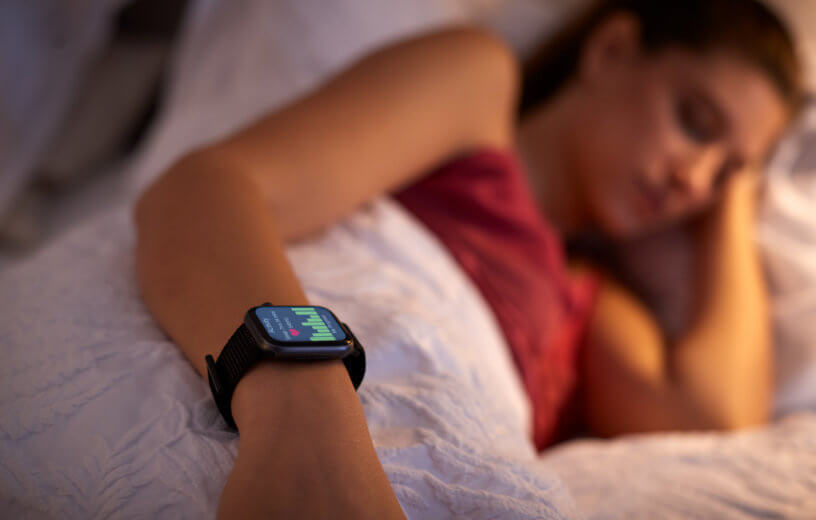MINNEAPOLIS — Migraines are especially intense, throbbing, and painful headaches lasting for hours or even days. As anyone who has ever experienced a migraine can attest, these headaches can be detrimental to day-to-day life and well-being. While migraines are notoriously difficult to accurately anticipate and prevent, new research suggests it may be possible to predict when migraines will appear using mobile apps to track sleep, energy, emotions, and stress. The study found a poor night’s sleep may predict a migraine the next morning.
Study authors discovered an association between poor perceived sleep quality, as well as lower than usual quality of sleep the prior night and an increased risk of having a migraine the following morning. Additionally, a lower-than-usual energy level the prior day was also associated with a headache the next morning. Notably, however, these same factors did not lead to an increased risk of migraine later on in the afternoon or evening. The only predictors of an afternoon or evening headache recorded include increased stress levels or higher-than-average energy the day before.
“These different patterns of predictors of morning and later-day headaches highlight the role of the circadian rhythms in headache,” says study author Kathleen R. Merikangas, PhD, of the National Institute of Mental Health, part of the National Institutes of Health in Bethesda, Maryland, in a media release. “The findings may give us insight into the processes underlying migraine and help us improve treatment and prevention.”
All in all, this study encompassed 477 people of various ages (7-84 years-old), with 291 of those participants being female. Through the use of a mobile app, study participants rated their mood, energy, stress, and headaches four times daily for a period of two weeks. Everyone also rated their sleep quality once daily and wore both sleep and physical activity monitors. Close to half of all included individuals had a history of migraines, and another 59 percent reported having at least one morning headache attack over the course of the study.

Those reporting poorer perceived sleep quality, on average, showed a 22-percent increased chance of developing a headache attack the following morning. A decrease in the self-reported usual quality of sleep, meanwhile, showed an association with 18 percent increased odds of a headache attack the next morning.
Similarly, a decrease in the usual level of energy on the prior day correlated with a 16-percent greater chance of a headache the following morning. Conversely, however, greater average levels of stress and substantially higher energy than usual the day prior correlated with a 17-percent increased chance of headache the next day during the afternoon or evening. After accounting for sleep, energy, and stress, the research team found no association between headaches and anxious or depressed moods.
“Surprisingly, we found no link between a person’s anxiety and depression symptoms—either having more symptoms or having higher-than-average levels of symptoms—and their likelihood of having a migraine attack the next day,” Dr. Merikangas adds. “Perhaps most interesting, headaches were associated with self-rated sleep quality rather than actual measures of sleep patterns. This highlights the importance of perceived physical and emotional states in the underlying causes of migraine.”
“Our study demonstrates the importance of monitoring sleep changes as a predictor of headache attacks,” concludes study author Tarannum M. Lateef, MD, of the Children’s National Health System in Washington, D.C. “The use of apps that track sleep and other health, behavioral and emotional states in real time can provide valuable information that can help us to manage migraine.”
The study authors add this project was somewhat limited by the short tracking period for participants. Future research efforts should monitor participants for a longer time.
The study is published in the journal Neurology.
You might also be interested in:
- 5 Natural Migraine Remedies To Combat Debilitating Headaches, Per Health Experts
- These migraine medications are up to 6 times more effective than taking ibuprofen
- 44 genetic variants linked to migraines, 12 have never been seen before
- Best Sleep Trackers: Top 5 Wearable Monitors Most Recommended By Experts
